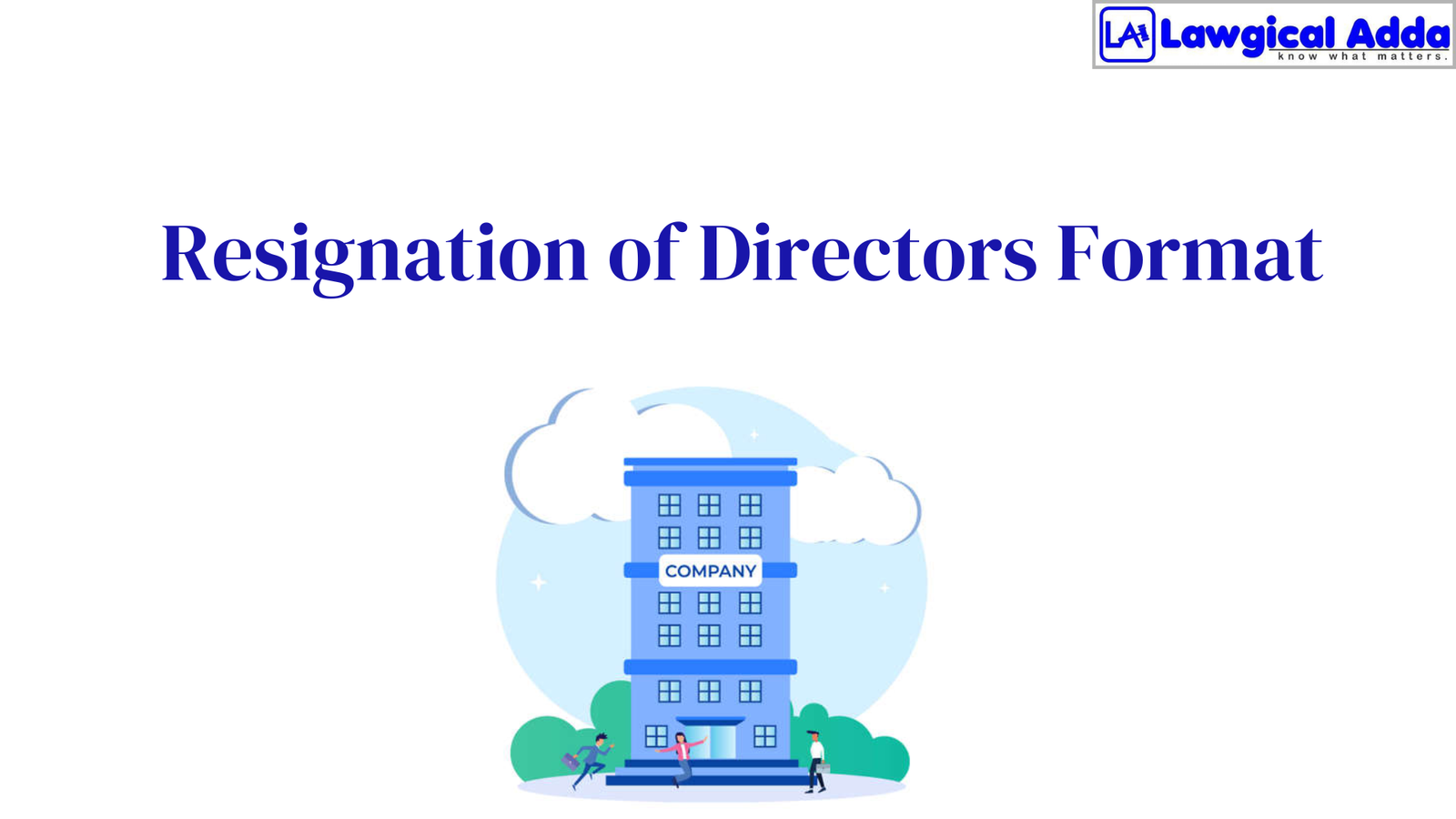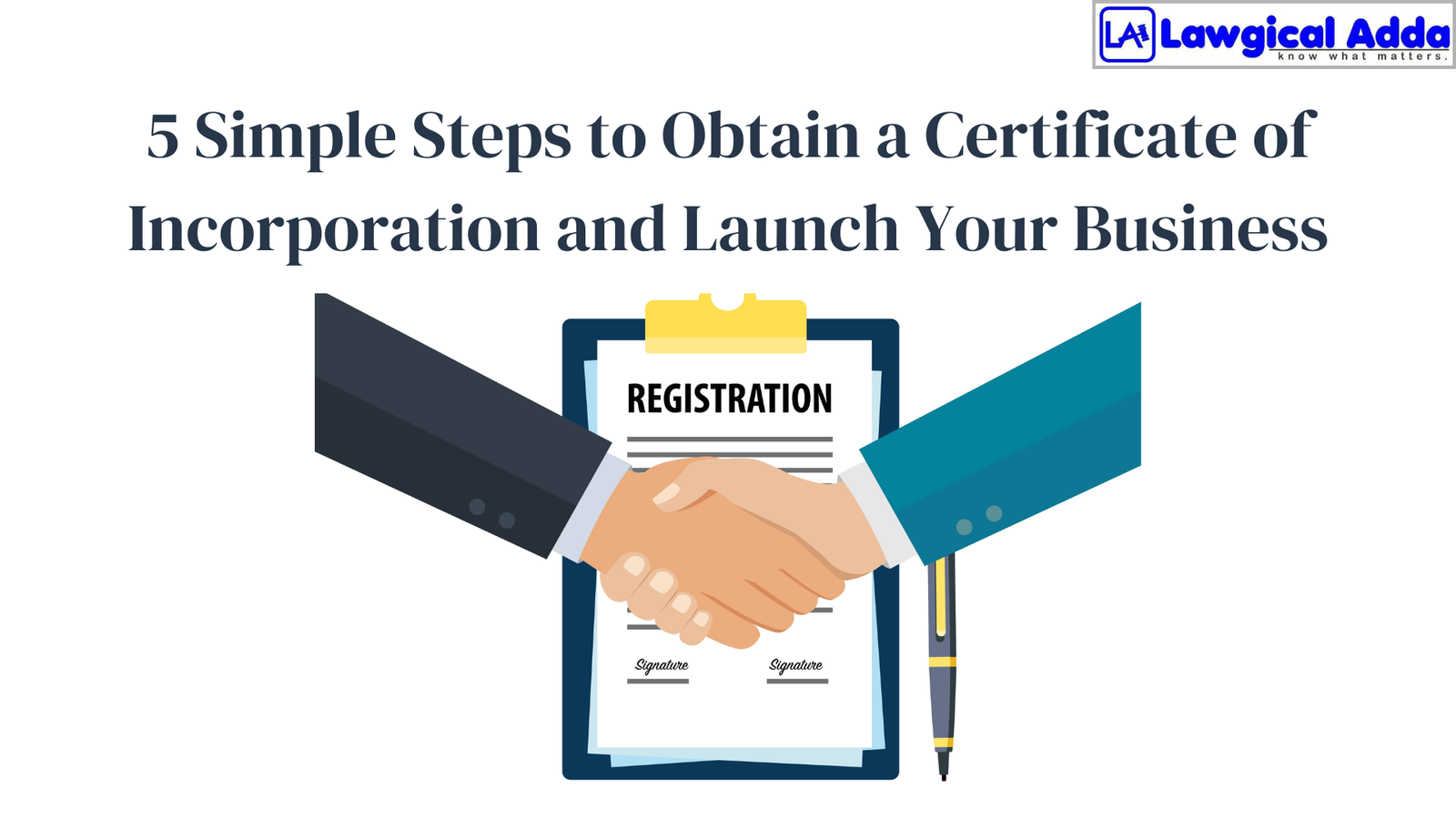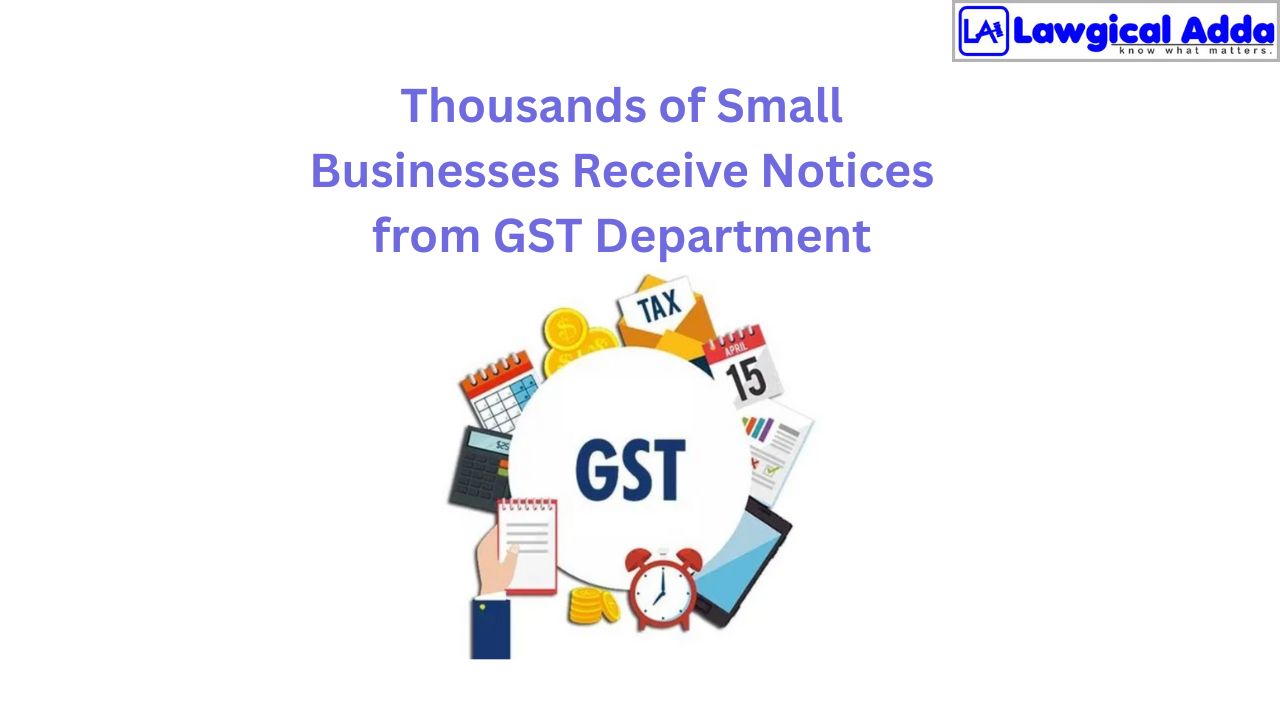Taxability of EPF Withdrawal

Table of Contents
Introduction
For salaried workers, there is a retirement fund called the Employees’ Provident Fund (EPF). The employee contributes 12% of their monthly base pay to their EPF account.
Additionally, the company will make a 12% salary contribution to the employee’s EPF. Individuals benefit from donations made to an EPF account through a Section 80C deduction.
Employees can make additional contributions over the minimum required by the EPFO; this is known as a Voluntary Provident Fund (VPF).
What Is The EPF Withdrawal Date?
Particular guidelines control when and how you can take money out of your EPF account.
Service and Age Duration
After retiring or becoming 58 years old, you can take out your whole EPF balance. After five years of continuous service, partial withdrawals are permitted under specific circumstances, such as medical care, home building or acquisition, child marriage or education, etc.
Early Withdrawals
The amount of your EPF withdrawal is taxable if you take it out before you’ve worked there for five years straight.
There are, however, some exceptions, like when you have to quit because of illness, when your business needs to be discontinued, or for other uncontrollable causes.
Complete Withdrawal
Complete withdrawal is allowed in certain situations, such as retirement, moving overseas for work, or a female member resigning to get married, have a child or get pregnant.
TDS on Withdrawal
Early withdrawals in excess of ₹50,000 are subject to Tax Deducted at Source (TDS). However, TDS can be avoided if PAN is provided and Form 15G/15H (if applicable) is filed.
To make sure that you withdraw funds from your EPF account in a way that minimizes your tax liability, it’s critical that you comprehend these guidelines.
Calculating EPF Tax
Premature EPF withdrawal tax payment is a challenge. It includes every year that you were able to take advantage of the tax benefit.
These are the actions you must do in order to pay the EPF tax. Every financial year, you must go through these procedures again and ensure the amount is taxable before filing your return.
- Go to the UAN member portal and download the PF passbook.
- For each fiscal year, each contribution must be added individually.
- Subtract the interest portion from the employee contribution and add it up.
- Include the employer’s contribution and interest excluded.
- Total the pension payment.
- Select the annual interest rate for employee contributions. Deduct the interest from the prior fiscal year from the current fiscal year.
- Extract the interest from the employer’s contribution in a similar manner.
- Click on the income tax e-filing link now. To make changes to the income tax return, select the appropriate fiscal year.
- The employer’s EPF contribution and the year’s earned interest will raise your taxable income.
- Enter the interest on the employer’s contribution in the other income column.
- Take the employee contribution out of the total amount invested in the 80C plan, and your investment in 80C will now decrease.
EPF withdrawal tax before five years
TDS will be withheld if you leave the EPF before completing five years of continuous service. However, if the sum is less than Rs.50,000, no TDS would be withheld.
Your time with the prior employer is taken into account when determining your five years of service. No TDS is withheld if you transfer your EPF amount from your previous workplace to your new employer and have worked there for five years or more.
Keep in mind that you have to figure out the precise number of years—you cannot get away with being off by a few days.
Tax on a temporary worker’s EPF withdrawal
You are not considered a permanent employee of the company when you are employed for a contract or temporary role. As a result, your employer is not required to make an EPF contribution.
But after a while, your employer puts you on payroll and starts paying into your employee’s retirement account (EPFO), but you leave the company after five years of service. In this scenario, the five-year calculation period should begin on the day the permanent employee joins the company, not on the day the temporary worker is hired.
As you are now aware, it is imperative that you comprehend the regulations and your tax obligations.
Being knowledgeable helps prevent unpleasant surprises and guarantees that you conform with tax rules, whether you’re figuring out how much tax to take out of your retirement account, comprehending how various EPF components are treated tax-wise, or making overdue tax payments.
Recall that although EPF is an excellent instrument for long-term savings, understanding its tax implications is essential for sound financial planning, particularly when thinking about early withdrawal.
Ready to file your Income Tax Return? Whether it’s ITR-1, ITR-2, ITR-3, ITR-4, ITR-5, ITR-6, or ITR-7, we’ve got you covered! Need to respond to a tax notice or handle TDS filings? We can help with that, too.
Get Your GST Compliance Sorted with Lawgical Adda! Whether it’s GST Registration, GST Return Filings, GST Annual Returns, GST LUT Filings, or GST Registration Cancellation, we’ve got you covered!
Lawgical Adda’s solution provides end-to-end management of corporate governance and secretarial compliances, encompassing every phase of the entity life cycle. Don’t hesitate to get in touch with us if you want more information on the compliance standards and to outsource them to us.








